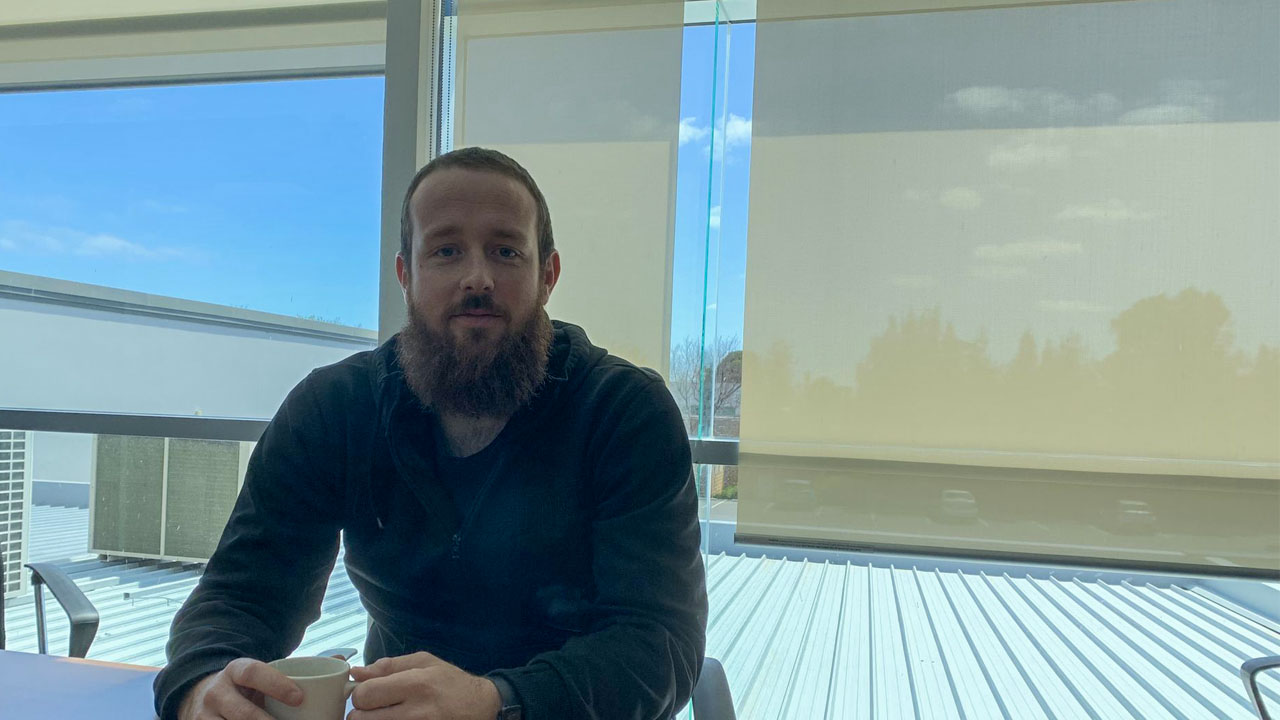Over a strong long black coffee: Rhys talks us through commercial lending and how to support commercial clients. Plus, find out the changing space of commercial asset finance and the current landscape.
Working in automotive sales and finance, totalling over 12 years, Rhys brings both speed and knowledge to the Nodifi team. The Commercial Strategist has a reputation for getting it done in a timely manner – something that’s easier said than done in the commercial space.
Key Takeaways
- There are considerable changes to small-ticket ‘Low Doc’ finance products
- The industry seems fairly reliant on commercial borrowers and small businesses which is helping momentum
- Payout fees for chattel mortgages and leases are becoming a key ingredient in commercial asset finance products
- Commercial clients buy/finance based on needs, rather than wants
- Working capital (unsecured finance) for trade accounts, tax debts and overall business funding are highly desired forms of commercial finance (other than motor vehicles)
- Perfection isn’t realistic but being transparent with clients is, and that’s what encourages repeat business
1: What trends have you seen over the last 12 months in the commercial asset finance space?
There have been many changes, particularly in the small-ticket ‘Low Doc’ space. Most financiers have modified or totally overhauled their requirements for eligibility, mainly due to COVID and the risks involved in providing Low Doc options.
It’s important to make notes of these changes – that helps keep applications moving as fast as possible.
2: Taking that into consideration, where do you think the industry is headed in the near future?
Future direction still seems to be quite strong for all commercial clients. Overall, the continuance of Lite/Low Doc finance is still plausible across the board and the whole industry seems fairly reliant on commercial borrowers and small businesses.
Considering the above changes, there are still no signs of slowing down, which is great.
3: Other than rates, what other key factors do commercial borrowers look for in a loan product?
Lately, I have seen questions arise around payout fees for chattel mortgages and leases, however the industry has shown little change around the general approach to them for now.
In any instance, we have noticed two financiers who have changed how said fees work out which in turn, saves clients thousands in ‘deferred interest’.
4: Some brokers approach commercial clients as they would consumer clients. What key differences should brokers take into account when dealing with commercial clients?
Despite how they receive their income, commercial clients generally buy/finance based on need more than want for work vehicles, equipment or business loans.
Common differences between them – besides the assets or purpose – is brokers are generally inclined to provide them the level of service they would in turn want to provide themselves with their business activities, and value relationships as well as the product being provided.
5: Vehicles make up a significant proportion of commercial finance, what are some other reasons commercial borrowers look for finance?
Working capital (unsecured finance) for trade accounts, tax debts and overall business cash flow and equipment finance would be the main reasons.
I think it’s important to really get to know a business’s operations and trajectory in order to understand their needs – this helps to unlock other commercial finance (and even home loan) opportunities.
6: Commercial asset finance can have its intricacies, what are some of the main ones and how can brokers navigate them?
From my experience, there are really only two intricacies that I see regularly.
One being the structure of the business/entity and navigating the ‘who’ and ‘why’ in terms of the borrower on behalf of trusts/companies and partnerships.
The second one I see is simply the general eligibility with each financier’s requirements. As stated previously, Low-Docs have changed since the old days of an active ABN and deposit requirements, and now focus on credit score, length of GST registration, asset age and type, residential status, deposit and LVR.
The best way to navigate the above is to firstly determine the structure. Too often, I see brokers becoming confused or uncertain as to who or which entity will actually be the borrower.
Identifying the person or persons behind the trust/company is key. Once you know that then the rest is easy!
Eligibility criteria is a tough one to navigate as policies can change at short notice, but ultimately, that is where Nodifi comes in handy for both the scenario aspect and placing the application with the right financier in order to avoid multiple applications.
7: What should brokers be doing to encourage repeat business?
The level of service is the biggest one as both first and last impressions make a big difference.
Perfection isn’t realistic but being transparent with clients builds trust. Once you have the clients trust and confidence then the next step is simply asking. If you don’t ask, you won’t know!
Always make the process about a relationship and not a transaction. Then, the conversation will come naturally and, shortly after, you will find the clients will simply come back to you autonomously.
How many self-employed clients change accountants? Or, how many people change hairdressers? Rarely! The ones who do, do it because the service or experience didn’t meet their expectations.
8: Finally, complete this sentence: Brokers looking to offer commercial asset finance should…
Know their clients! Identify who they are, how they operate and how you can help them.
Thanks for the intel Rhys!
Other coffee chats
- Support Team Leader, Elliot Bloem, goes over how to get it right the first time (thus, saving time)
- Credit Strategist, Amy Di Fabio, talks us through boosting NPS numbers and, keeping clients happy
- Chief Product Officer, Chris Sims, goes over the importance and benefits of technology in finance and business holistically.




